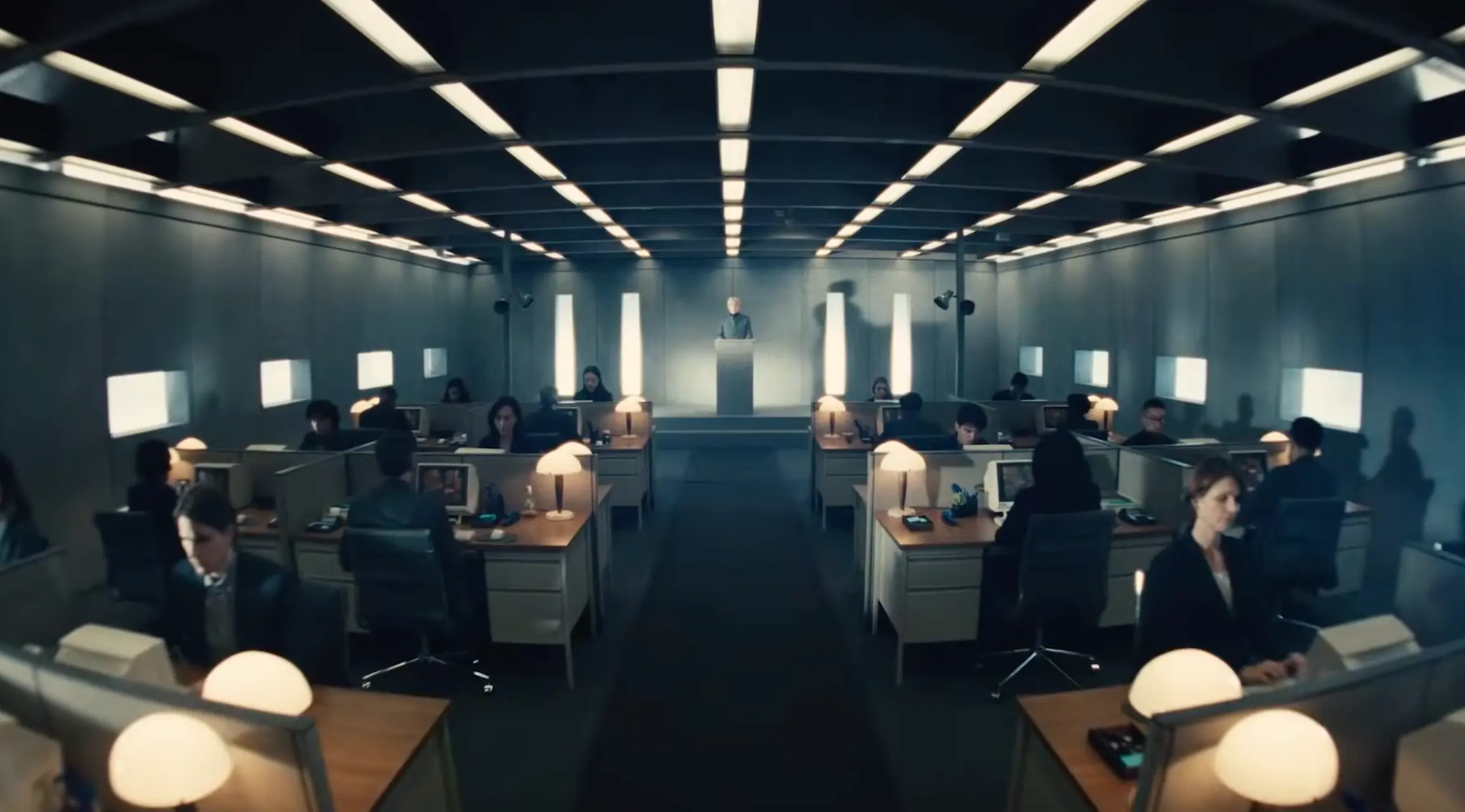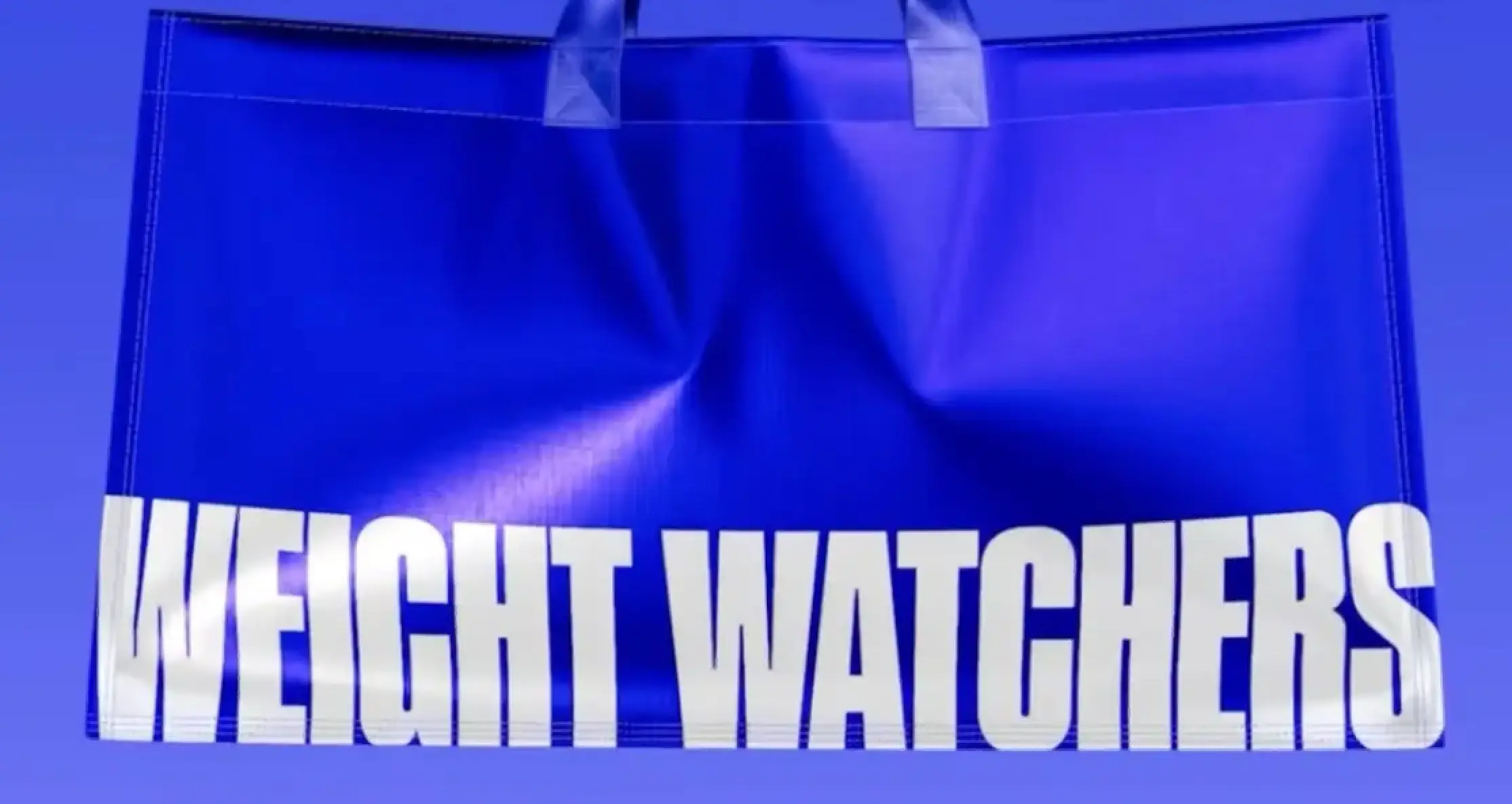Windows vs. MacBook - 7 Features That Make the Switch To MacBook Difficult and Why It Is Actually Worth It
Updated on
Published on

Switching from Windows to a MacBook is a transformative journey, often guided by the allure of Apple's sleek design, powerful performance, and seamless ecosystem integration. However, in this technological tango between operating systems, users transitioning to a MacBook may find themselves yearning for certain features that Windows effortlessly delivers. In this article, we'll delve into seven prominent features that Windows boasts and the MacBook lacks, along with an additional aspect that distinguishes the two operating systems.
.avif)
Before delving into their differences, let's explore the user journey between the two computers. The user experience between the MacBook and Windows reflects the distinct design philosophies championed by Apple and Microsoft, creating two unique computing environments. The MacBook, synonymous with Apple's commitment to elegance and simplicity, offers users an aesthetically cohesive and user-friendly interface. An emphasis on user intuition, a visually appealing design, and seamless integration with other Apple devices are all hallmarks of the macOS experience. The unified ecosystem, coupled with features like intuitive trackpad gestures and system-wide synchronization through iCloud, contributes to a smooth and harmonious user experience. MacBook users often appreciate the polished and streamlined interface, where the hardware and software seem intricately woven together to provide a holistic and efficient computing experience.
In contrast, Windows delivers a more diverse and customizable user experience, catering to a wide spectrum of preferences and needs. The Windows interface is known for its flexibility, allowing users to personalize their desktops, taskbars, and Start Menus extensively. Live Tiles on the Start Menu provide dynamic information at a glance, and the versatile taskbar accommodates a myriad of applications and shortcuts. With a focus on accommodating a vast array of hardware configurations and user preferences, Windows offers a more adaptable platform. The user experience is defined by choice and customization, allowing users to tailor their computing environment to match their workflow and personal style. Whether one values the refined simplicity of macOS or the customizable versatility of Windows often boils down to individual preferences and the specific requirements of the user.
1. Right-Click Context Menu Customization
The simplicity and versatility of the right-click context menu on Windows are a testament to user customization. Windows users can effortlessly add or remove options, tailoring the menu to their specific needs. In stark contrast, macOS lacks a built-in mechanism for customizing the right-click menu, leaving users with a more standardized set of options. Those who value a tailored and effective workflow might feel this absence.
2. File Explorer Preview Panes
Windows File Explorer's preview pane is a hidden gem, allowing users to peek into the contents of a file without fully opening it. This functionality is particularly handy for quickly assessing documents, images, or videos. Regrettably, MacBook users navigating through files using Finder miss out on this convenient preview option, which can contribute to a less streamlined file management experience.
3. Universal Back Button
Windows simplifies navigation across apps and websites with its universal back button, a consistent feature found in many applications. This button provides a seamless way to return to the previous page or screen. On a MacBook, the navigation experience lacks this standardized back button, forcing users to adapt to app-specific navigation or resort to keyboard shortcuts, potentially slowing down the workflow.
4. Taskbar Customization
Windows users have grown accustomed to the highly customizable taskbar, which offers the freedom to pin frequently used apps, rearrange icons, and personalize the system tray. In contrast, macOS provides a more streamlined menu bar that, while aesthetically pleasing, lacks the depth of customization that Windows users may crave for tailoring their workspace to their liking.
5. Live Tiles for Dynamic Information
The dynamic Live Tiles featured on the Windows Start Menu provide users with real-time updates and information directly on app icons. This interactive feature enhances efficiency by offering at-a-glance insights without fully opening an application. MacBook users, however, don't have a comparable feature, potentially leaving them yearning for the quick, informative glance that Live Tiles provide on Windows.
6. Virtual Desktops with Multiple Wallpapers
Windows empowers users with the ability to create virtual desktops, each adorned with its own wallpaper, fostering a visually distinct and organized workspace. While macOS supports virtual desktops, the absence of the option to assign different wallpapers to each desktop limits visual customization for MacBook users who appreciate a personalized desktop experience.
7. Face Unlock
One standout feature on Windows laptops equipped with an IR camera is Face Unlock. This advanced facial recognition technology enables users to swiftly and seamlessly unlock their laptops, adding a layer of convenience and security to the user experience. Strikingly, despite the prevalence of Face ID on iPhones, MacBooks have yet to incorporate this technology, leaving users without the option of facial recognition for unlocking their devices.
Bonus: Windows Subsystem for Linux (WSL)
Windows elevates its versatility with the Windows Subsystem for Linux (WSL), a groundbreaking feature that seamlessly integrates a Linux distribution within the Windows environment. This integration is a game-changer for developers and enthusiasts who require both Windows and Linux functionalities. Unfortunately, macOS lacks a built-in equivalent, making it less accommodating for those who need a hybrid environment.
Despite the distinct features mentioned in the comparison, switching from Windows to a MacBook can be a game-changing decision because of its many benefits. One of the most compelling factors is the seamless integration within the Apple ecosystem. MacBook effortlessly synchronizes with other Apple devices, fostering a cohesive user experience across the iPhone, iPad, and Apple Watch. Features like Handoff and Continuity allow users to seamlessly transition their workflow between devices, promoting an unparalleled level of convenience and productivity. This synergy extends to iCloud, facilitating automatic backup and synchronization of files, photos, and documents across all Apple devices, eliminating the need for manual transfers and ensuring a harmonized digital experience.
Moreover, MacBook users often find solace in the robust security architecture that macOS inherently provides. Apple's commitment to privacy and security is manifested in features like Gatekeeper, which ensures that only trusted and signed applications are installed, and FileVault, which encrypts the entire disc for enhanced data protection. The App Store's stringent app vetting process further fortifies the system against malware. While certain Windows features may be absent, the MacBook's stringent security measures, coupled with the user-friendly Time Machine for effortless backups, contribute to an environment where users can focus on their tasks with confidence, knowing their data is well-protected. In essence, the allure of a seamless ecosystem and enhanced security often outweighs the absence of specific features, making the switch to a MacBook a compelling choice for many users.
While MacBook users revel in the sophisticated design and robust performance of their devices, it's undeniably challenging to ignore the allure of certain features that Windows effortlessly provides. Whether it's the customization options, file management conveniences, or additional functionalities, each operating system brings its strengths and trade-offs. As technology evolves, the ongoing dance between Windows and macOS will undoubtedly continue, with user feedback shaping the future and potentially bridging the feature gap that currently sets them apart.







